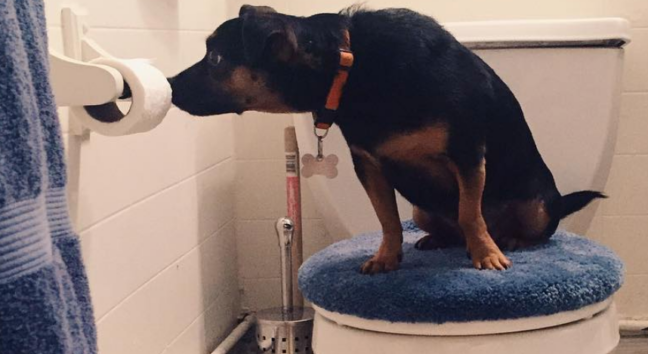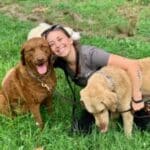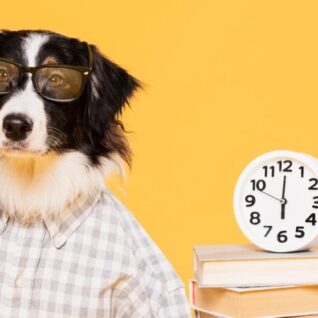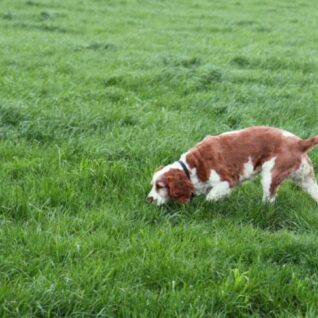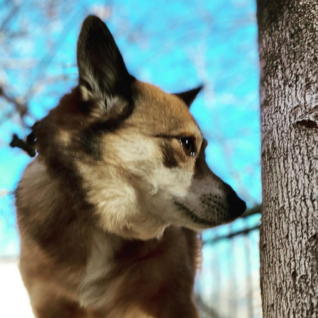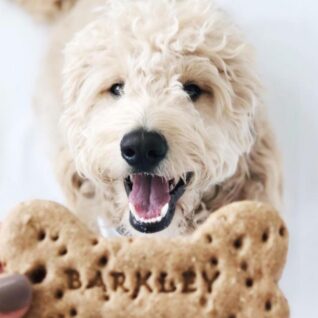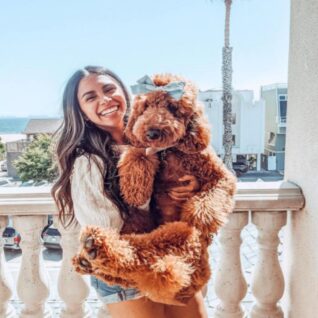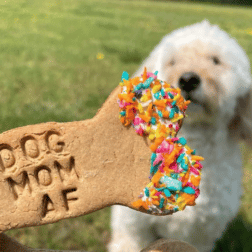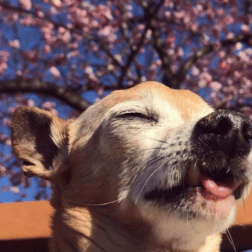Dogs are the greatest companions and we would undoubtedly be lonely without them. However, we all want our dogs to be on their best behavior when it comes to bathroom manners. We want to avoid accidents in their house as they’re growing as much as possible.
One of the first challenges when rearing a dog is teaching them when and where to use their potties. If you’re struggling with this milestone already, don’t worry, it’s almost over and it is a totally normal developmental hurdle. In this article, we are going to guide you through 8 important tips on how to potty train your dog.

